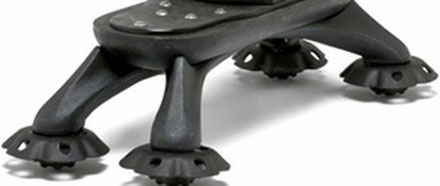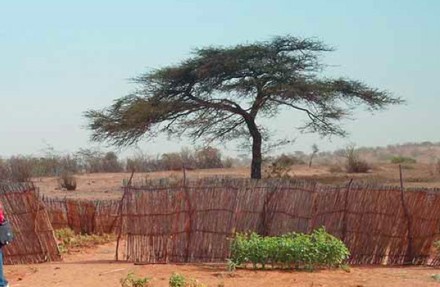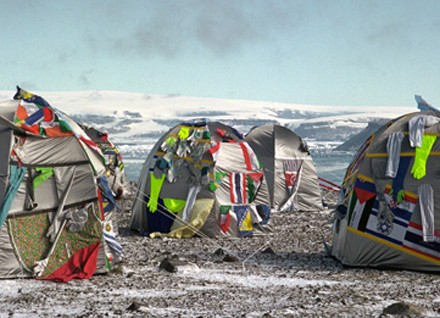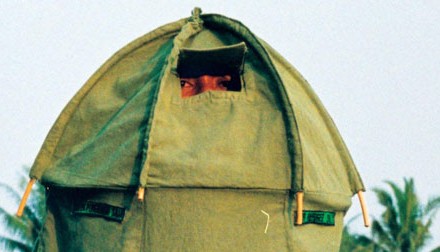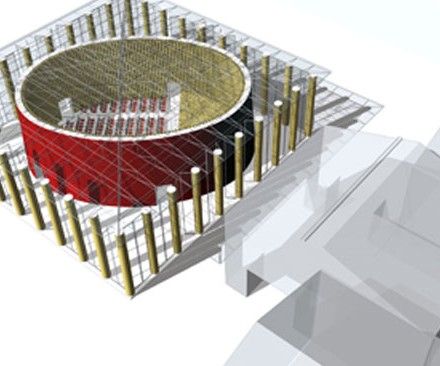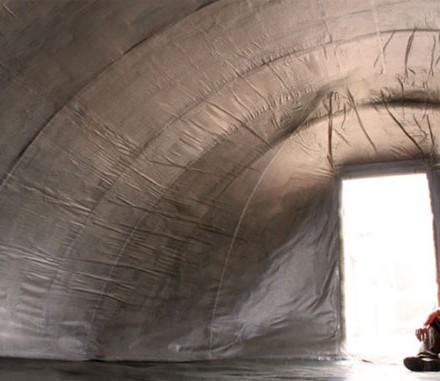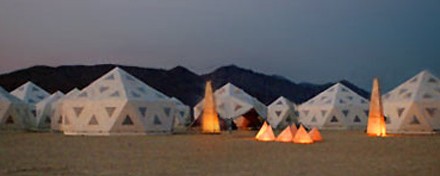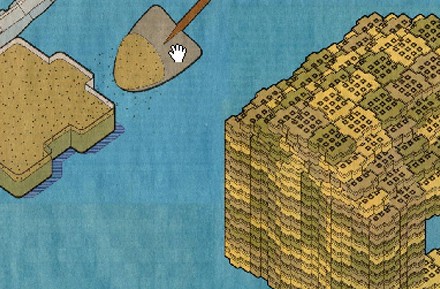Spider Boot
Spider Boot Antipersonnel Mine Foot Protection System The Spider Boot is a foot protection device for demining activities that is used in combination with conventional demining protection gear. The protection of the foot is enhanced by lifting the boot up from the ground with a platform, creating distance from the source of the blast. The […]
Minus Mines
The mine detector “Minus Mines” employs a new method of landmine detection, using a method for electro-chemical sensation of TNT in the air, comparable to the a sniffer dog detects smell. Landmines are one of the cruelest representations of aftermaths of war: worldwide 100 million people are buried in former regions of war because of […]
Sahel Project – SilicateTechnology
The Sustainable Economy Initiative of the Austrian Federal Ministry of Transport, Innovation and Technology has developed a silicate technology to improve the water storage properties of marginal soils in the Sahel region of Africa. The concept of the silicate consists of combining the positive aspects of two different kinds of soil. Sandy soils have a […]
Refugee Wear
Refugee Wear / Body Architecture by Lucy Orta Since the early 90s, British born, France residing, Lucy Orta engages in designing garments for refugees and homeless people that can be transformed into tents as an artistic statement about their situation. Inspiration was evoked by the miserable situation of Kurds fleeing Irak in the early 90s. […]
Mella Jaarsma
Mella Jaarsma is a Dutch-Indonesian artist who creates clothing for installations and performances that deal with the themes of ethnic differences and the situation of refugees. Born in 1960 in Emmeloord, The Netherlands, the Dutch artist moved to Jakarta, Indonesia, in 1984, where she has been living ever since and now works both as an […]
Together for Girls
Together for Girls – Designers on a Mission The Sportswear company Nike initiated a project in cooperation with the UNHCR and Care to design sportswear for Somalian refugee girls. The project took place in the Dadaab refugee camp in Kenya where 140.000 Somalian refugees fled due to the crisis in 1991/92. The population is Muslim, […]
Concrete Canvas
The British industrial design firm Crawford Brewin Ltd. developed a semi-permanent shelter for relief aid out of a material called concrete canvas. The package of materials for constructing the shelter consists of a canvas stained with a dry cement ratio united by a PVA adhesive and an inner layer of plastic sheeting, sealed in a […]
Icosa Village
Icosa Village designs and produces “the pod”, an intermediate shelter system constructed out of triangular panels, inspired by the geodesic structures of Buckminster Fuller. First, each triangular panel, consisting of a broad frame and a centered window opening, is folded from three pre-cut extruded polypropylene sheets to turn into a three dimensional body, 17,4 cm […]
Stefan Sagmeister
Graphic Designer Stefan Sagmeister has designed food packaging for catastrophe spots, the packaging can be filled with earth or sand and used as bricks for emergency shelter. The packaging exists only as a design proposal, but hasn’t been set into practice yet. Sagmeister is looking for co-operators or relief organizations who would like to join […]
